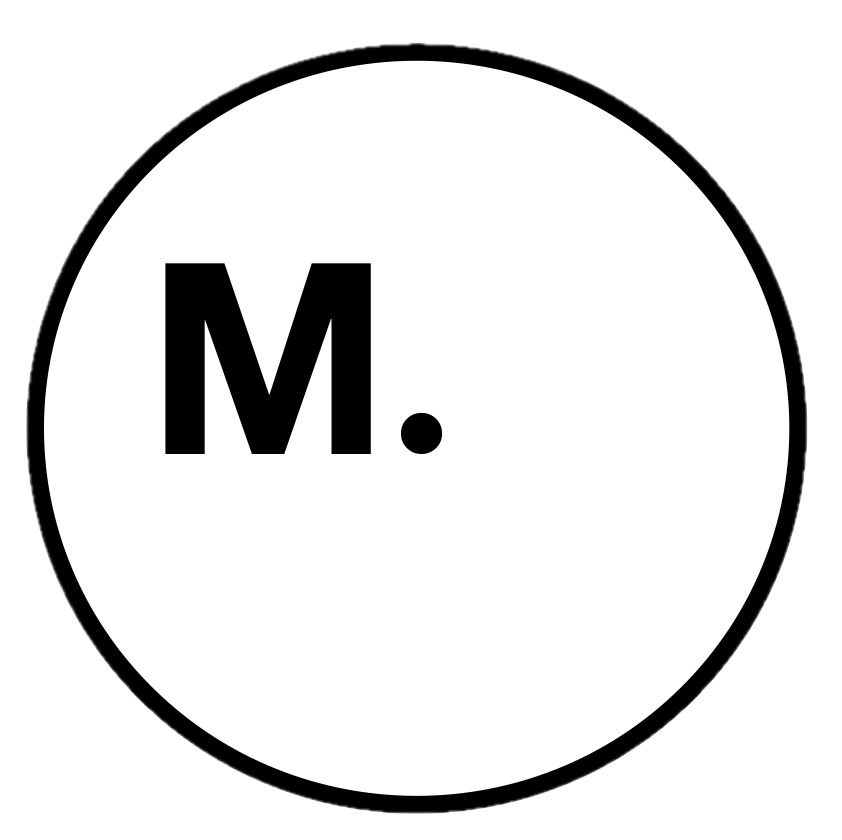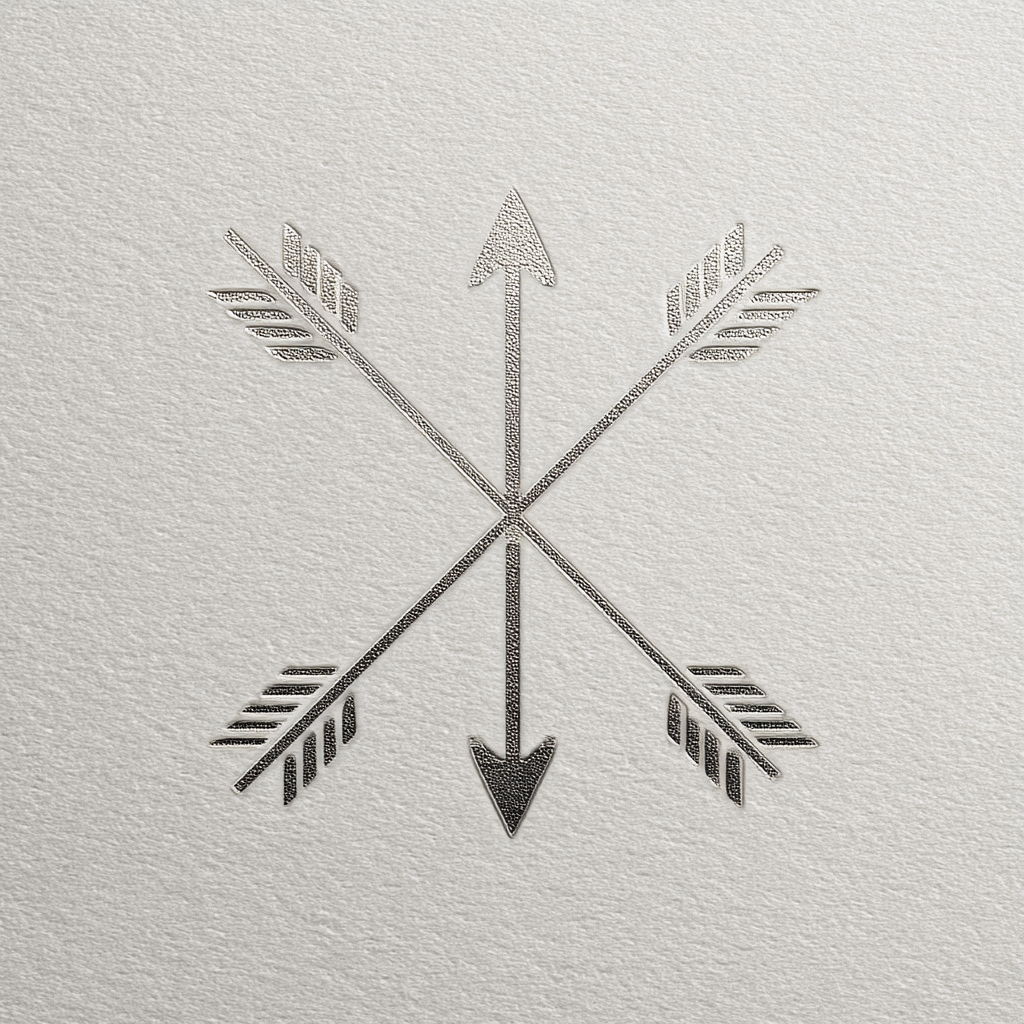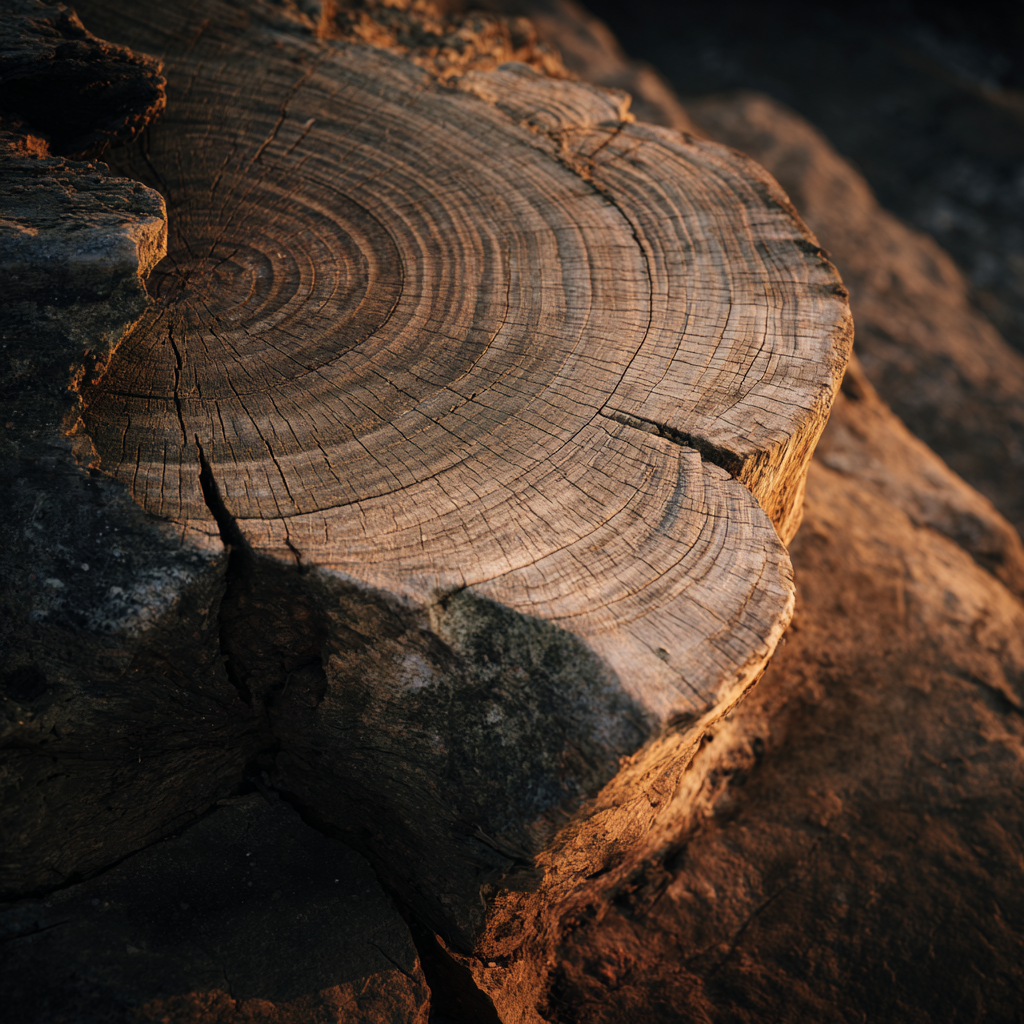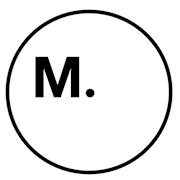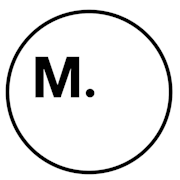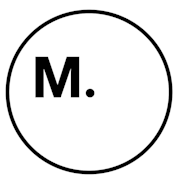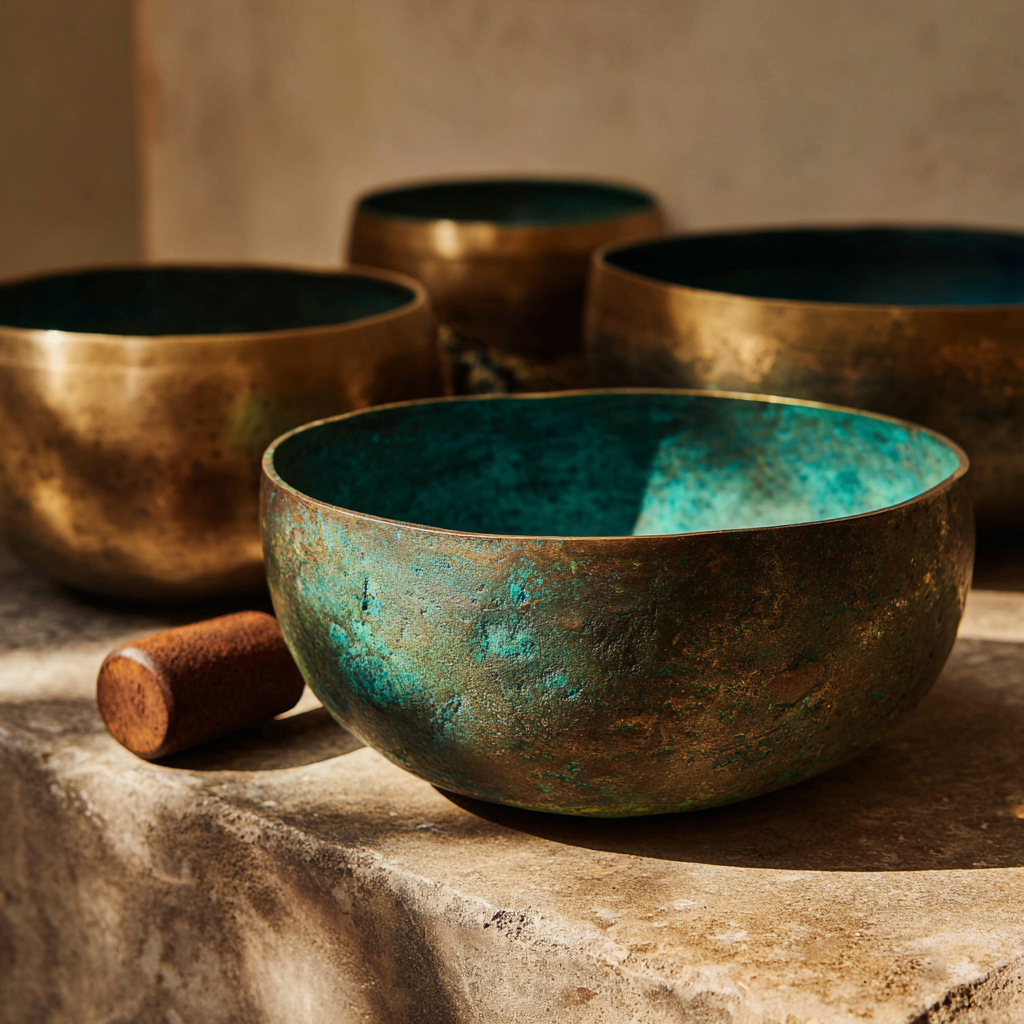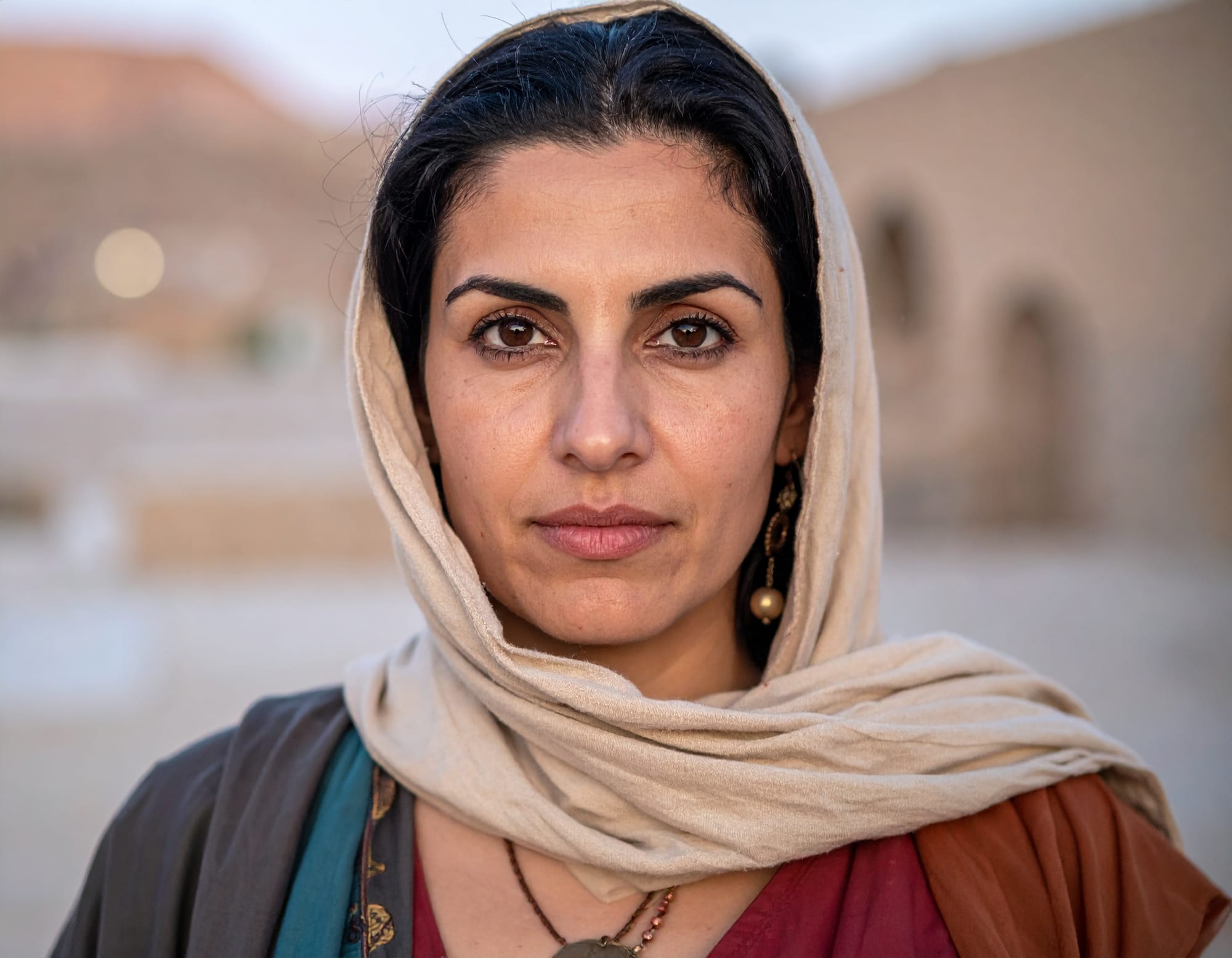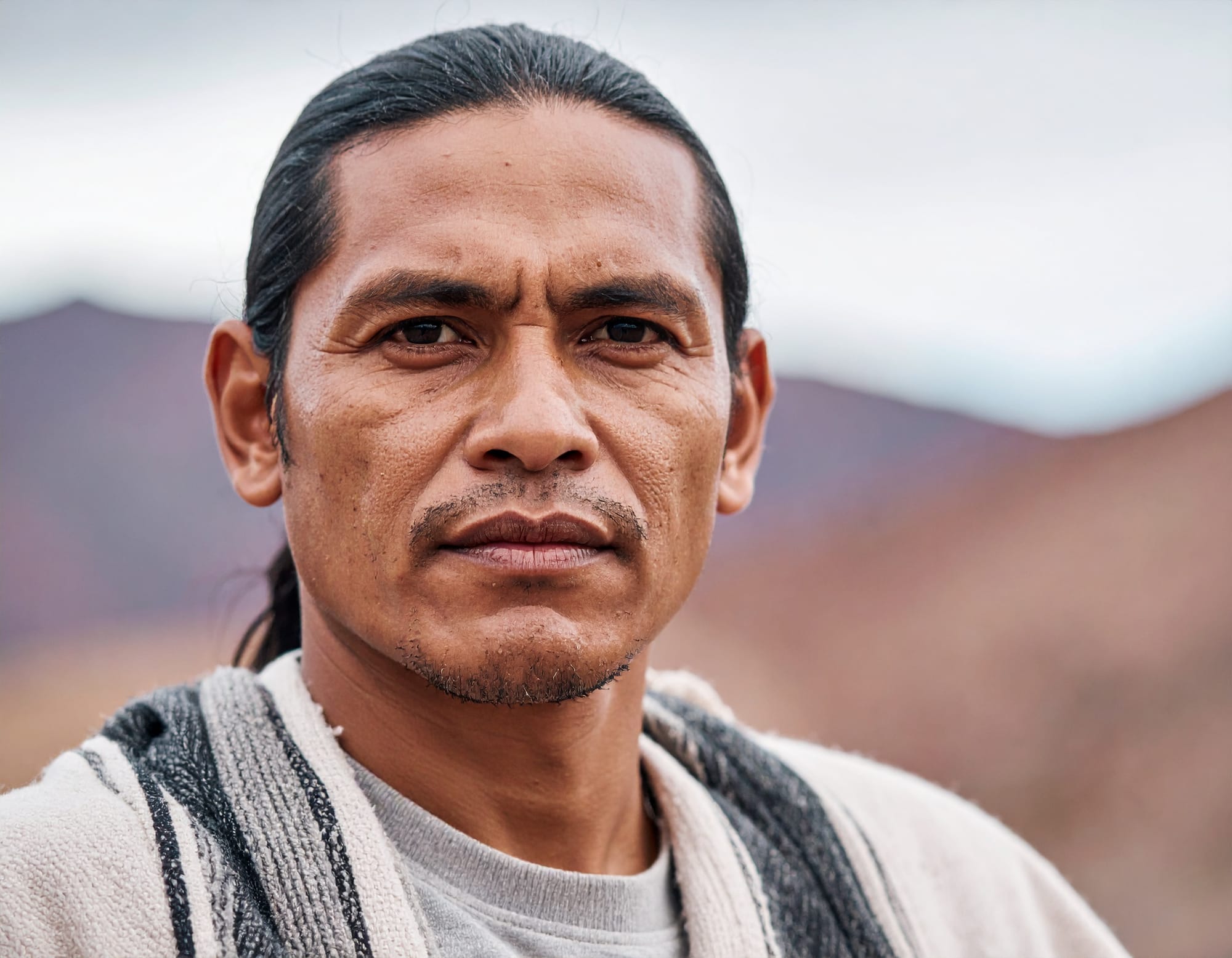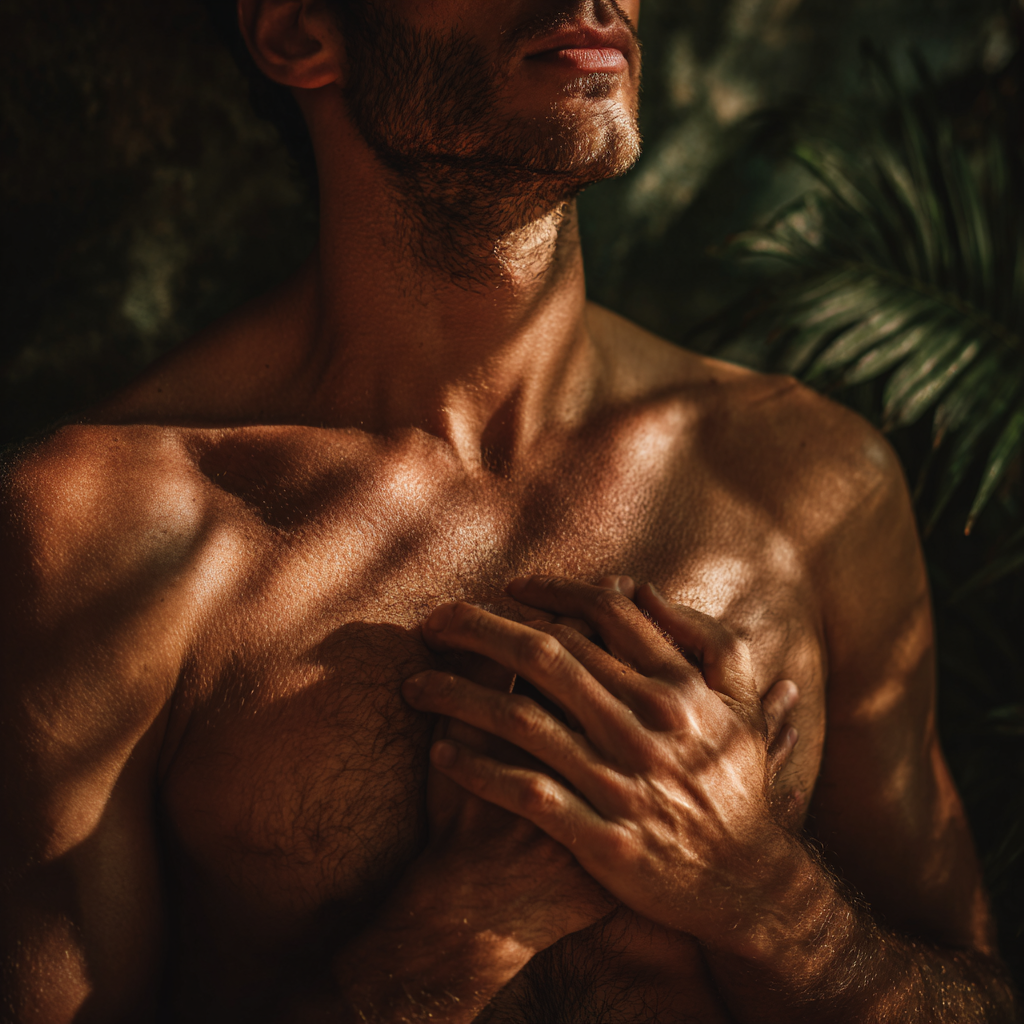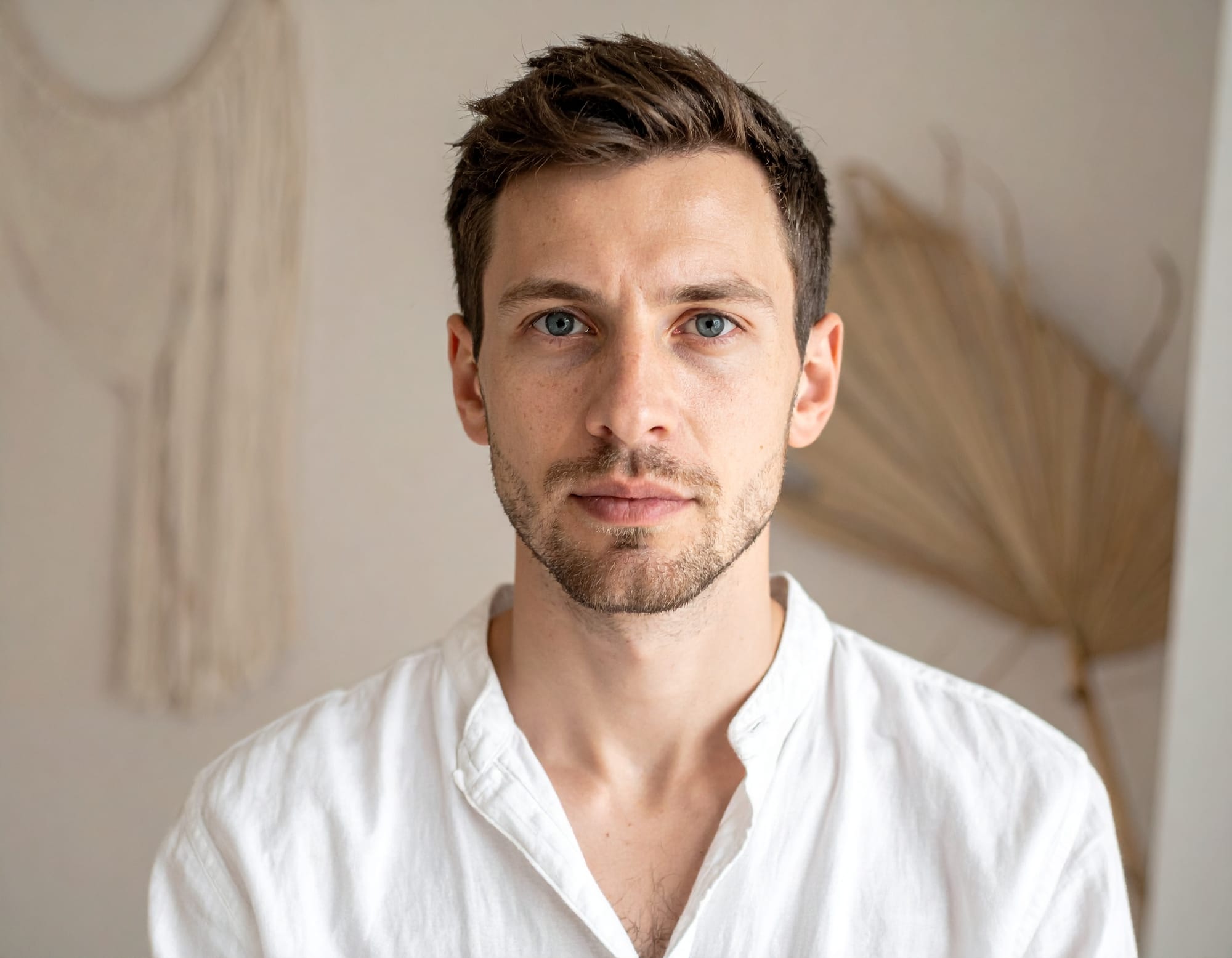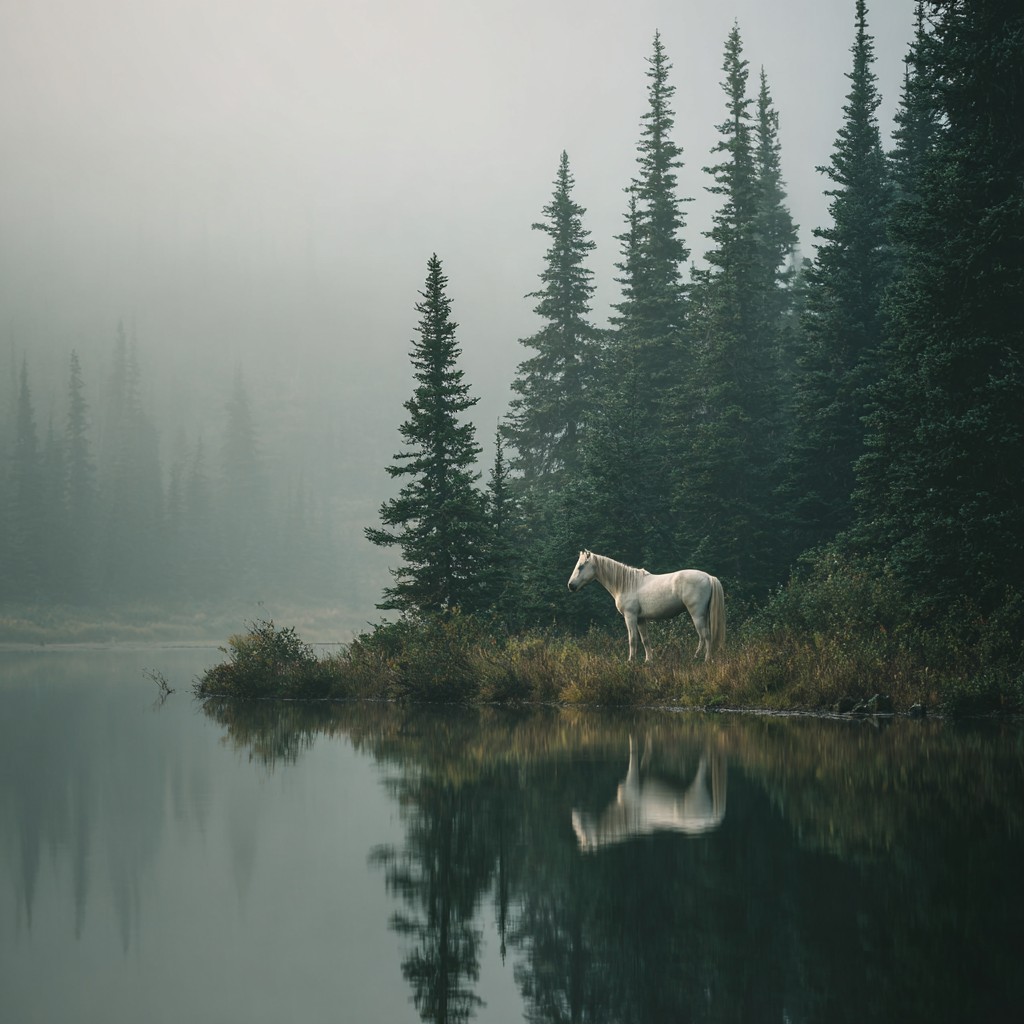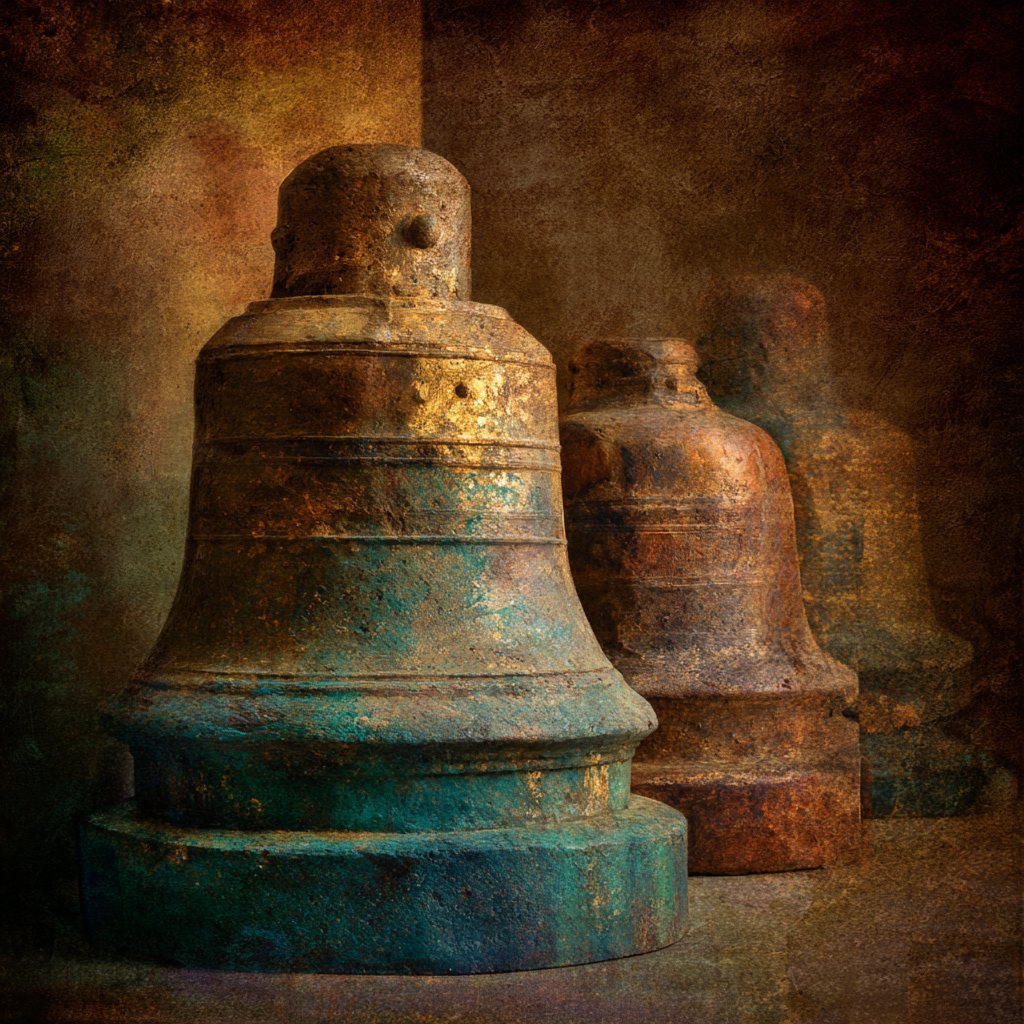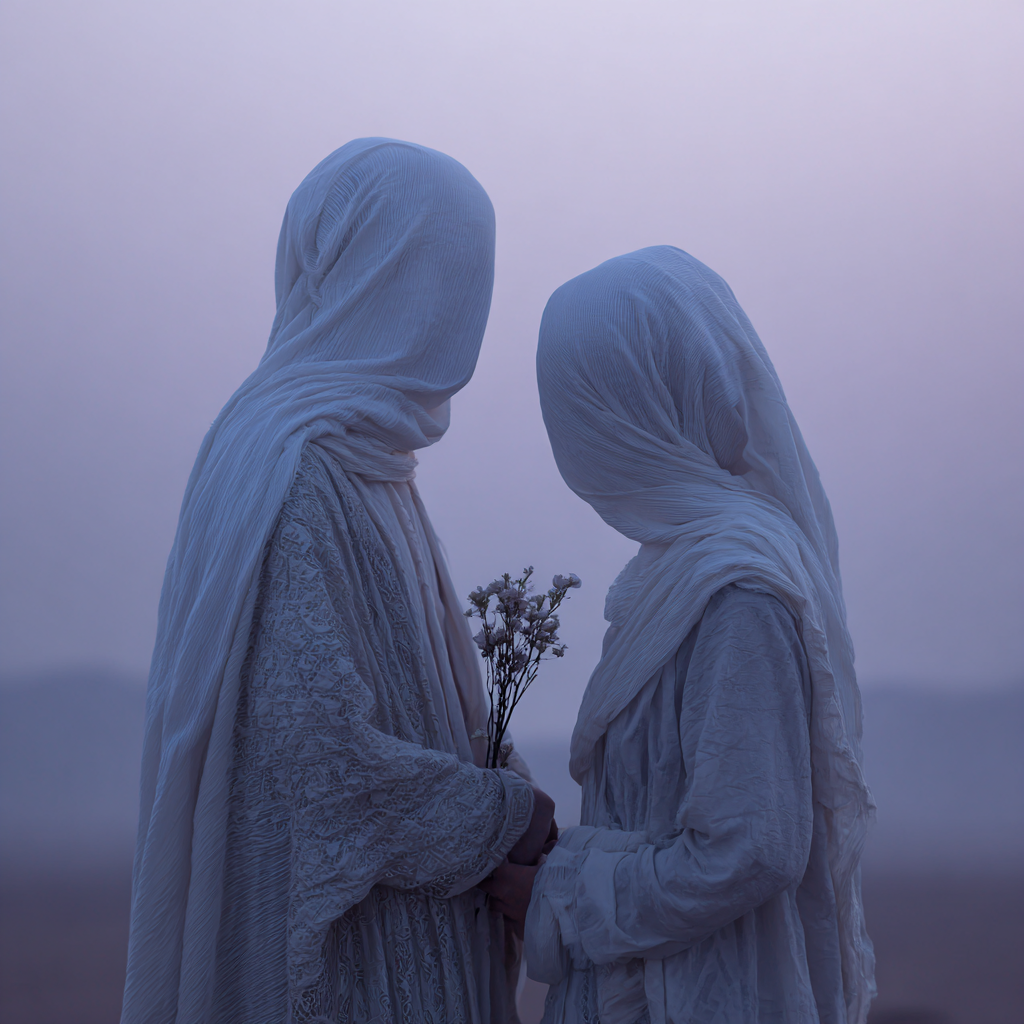There are certain silences that speak louder than words, the hollow space that follows betrayal, the particular quality of emptiness after profound loss, the way light seems to drain from familiar rooms when something essential has been taken from us. You might recognize this geography of absence, this curious phenomenon where life continues but somehow without you fully present within it.
The Q'ero shamans of the high Andes have a name for this: alma perdida, the soul that has wandered away from home. It's not pathology in their understanding, but rather an elegant survival mechanism, the psyche's most sophisticated response to what cannot be borne. When the storm is too fierce, part of us simply steps aside.
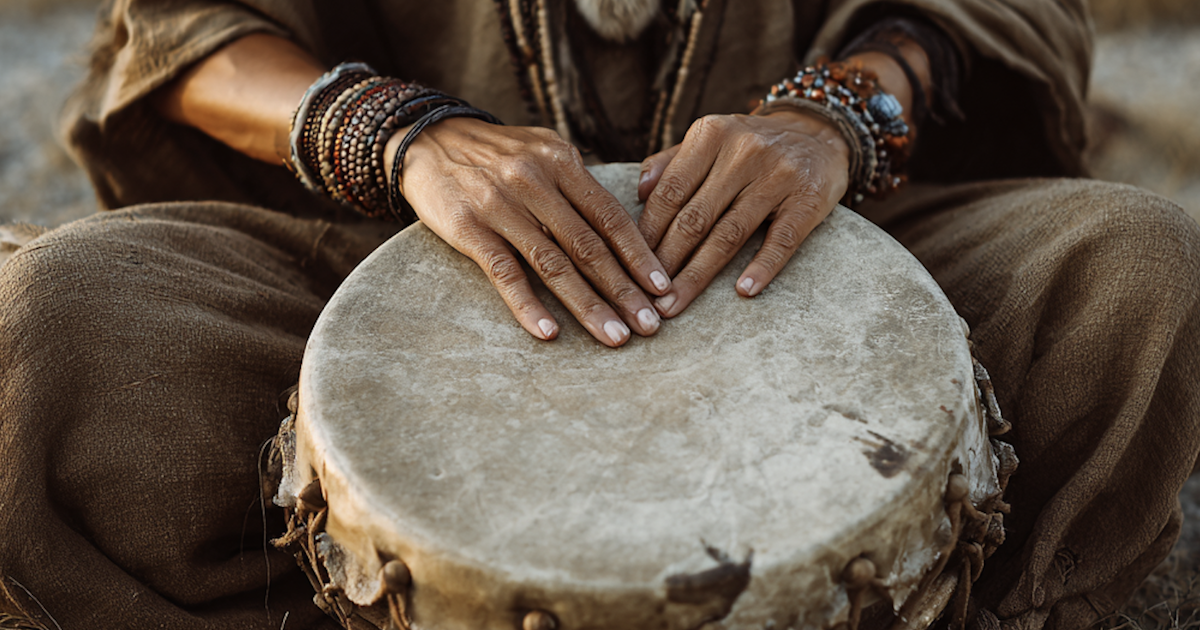
Reserve a private session
Consider how certain trees survive lightning strikes. The bolt doesn't destroy them: it creates a spiral pattern in the bark, a helical scar that actually strengthens the trunk's ability to flex in future winds. The tree doesn't forget the lightning, but it learns to carry the mark differently, to let the wound become a source of resilience rather than fragility.
The Western mind wants to understand trauma as damage to be repaired, pathology to be treated. But what if the particular genius of shamanic understanding lies in recognizing that what we call "soul loss" might be better understood as "soul preservation": the deepest self protecting its essence until conditions become safe for reunion?
There's a moment in every authentic healing journey when the question shifts. Not "What is wrong with me?" but "What was so right about my system that it knew exactly how to protect what was most precious?" This reframe doesn't minimize suffering: it honors the intelligence within the wound.
The old shamans understood something our neuroplasticity research is only beginning to confirm: consciousness is far more fluid and resilient than we imagine. The parts of ourselves that seem irretrievably lost often exist in a kind of temporal suspension, carrying gifts that only become apparent when integration becomes possible.

Modern therapeutic approaches like Internal Family Systems echo this ancient understanding: that healing involves not the elimination of wounded parts but their integration, their welcome return to the council of the self. The difference lies perhaps in methodology: where contemporary psychology uses conversation and cognitive processing, shamanic practice employs ceremony, plant alliance, and the kind of deep dreaming that bypasses the rational mind's protective barriers.
I once witnessed a master plant worker facilitating what could only be called soul retrieval. The ceremony lasted a few hours, involving not just the person seeking healing but their lineage: ancestors called forward to witness and assist in the return of what had been displaced. It wasn't therapeutic in any conventional sense, but rather ceremonial, mythic, a story being rewritten at levels deeper than personal memory.
The participant emerged... differently. Not healed in the way we might recognize: there was still grief, still the tender places where old wounds lived, but somehow more present, as if a light that had been dimmed was suddenly burning at full brightness again.
What strikes me about working with indigenous healers is their relationship to time. Where Western therapy often focuses on processing past events, shamanic work operates in what you might call "eternal present" which is the understanding that healing exists outside linear time, that the wounded child and the empowered adult and the wise elder are all available simultaneously for integration.
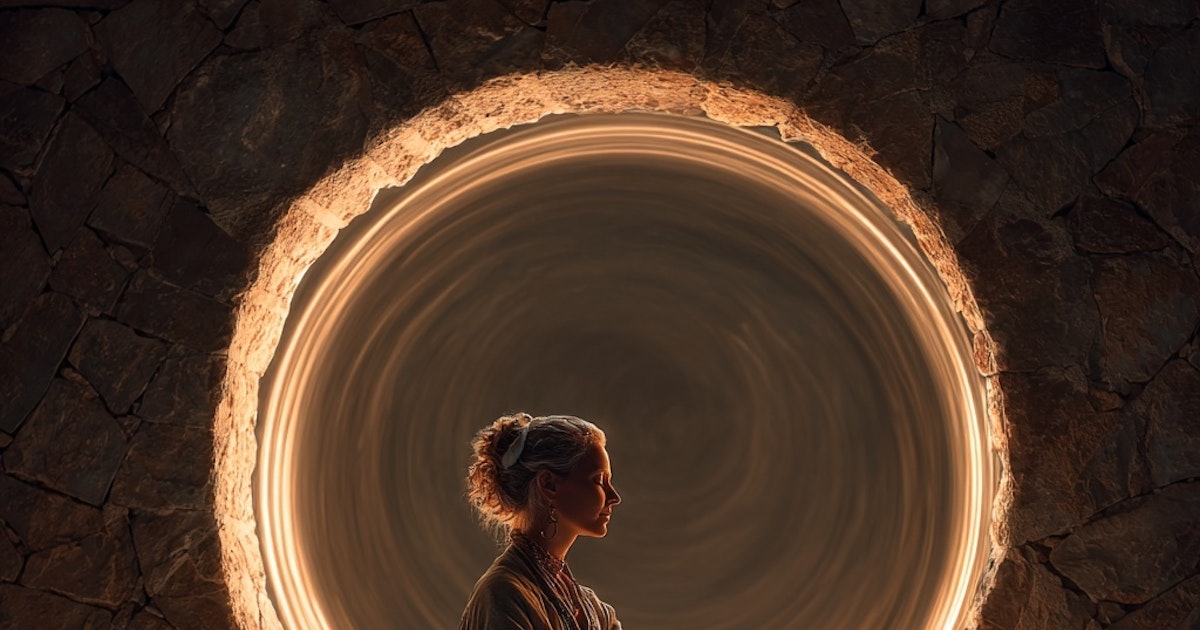
Reserve a private session
This perspective shifts everything. Trauma is no longer something that happened to you in the past, but a living constellation of energy that can be worked with, transformed, alchemized into medicine. The curanderos speak of this as "spiritual recycling" and nothing is wasted, even our deepest pain serves the larger pattern of becoming.
You might find yourself wondering: what if your most difficult experiences weren't obstacles to your purpose but rather the very curriculum designed to prepare you for it? What if the sensitivity that made you vulnerable to wounding is the same quality that allows you to serve as a bridge for others still lost in the darkness?
There's a practice in the Andes called munay which is a word that translates roughly as "love" but carries deeper implications of conscious will, the choice to remain open even after being shattered. It's not passive acceptance but active engagement with what is, the decision to transform poison into medicine through the alchemy of witness and presence.
This kind of love doesn't bypass pain, but it includes it. It honors the parts of us that learned to protect through withdrawal, through numbing, through the countless strategies of survival that once served but may no longer be necessary. The invitation isn't to shame these mechanisms but to acknowledge their intelligence while creating new possibilities for engagement.
It's perhaps no coincidence that we chose to name our work Munay: this word that carries within it the very essence of what shamanic healing offers. Not love as sentiment or emotion, but love as conscious choice, as the deliberate cultivation of presence in the face of what would pull us away from ourselves. Munay as the practice of remaining open to transformation even when, especially when, the familiar walls of protection seem safer than the unknown territory of wholeness.

Reserve a private session
Perhaps the most radical aspect of shamanic healing is its insistence that we are not broken beings in need of repair but rather whole beings who have temporarily forgotten our wholeness. The work isn't to fix what's wrong but to remember what was never actually lost but just displaced, just waiting for the right conditions to return home.
The emptiness you might feel isn't absence but space and the pause between what was and what is becoming, the creative void from which new life emerges. Indigenous wisdom keepers understand this liminal territory, this threshold space where transformation becomes possible.
In the depth of winter, certain seeds require the darkness, the seeming death, the complete dissolution of their former form before the green shoot can emerge. You might consider: what new growth is trying to emerge from the fertile darkness of your own deep seasons?
The path back to wholeness isn't linear and it spirals, circles back, moves through seasons of integration and disintegration that follow rhythms older than our personal timelines. What shamanic practice offers isn't a cure but a remembering, a return to the understanding that we belong to something larger than our individual wounds, something that can hold and transform whatever we carry.

Reserve a private session
This doesn't diminish the reality of suffering or suggest that spiritual practice alone can address all forms of trauma. But it does offer a different story about what healing might look like and not the absence of scars but the presence of someone who has learned to carry them as medicine, as signs of a journey that has deepened rather than diminished their capacity for compassion.
What would it mean to approach your own healing not as a problem to be solved but as a mystery to be lived? What wisdom might be waiting in the very places you've been most afraid to explore?
The curanderos say that every wound creates a doorway. The question isn't whether you'll heal. It's what you'll discover on the other side of integration, what gifts you'll find hidden in the geography of your own becoming.
